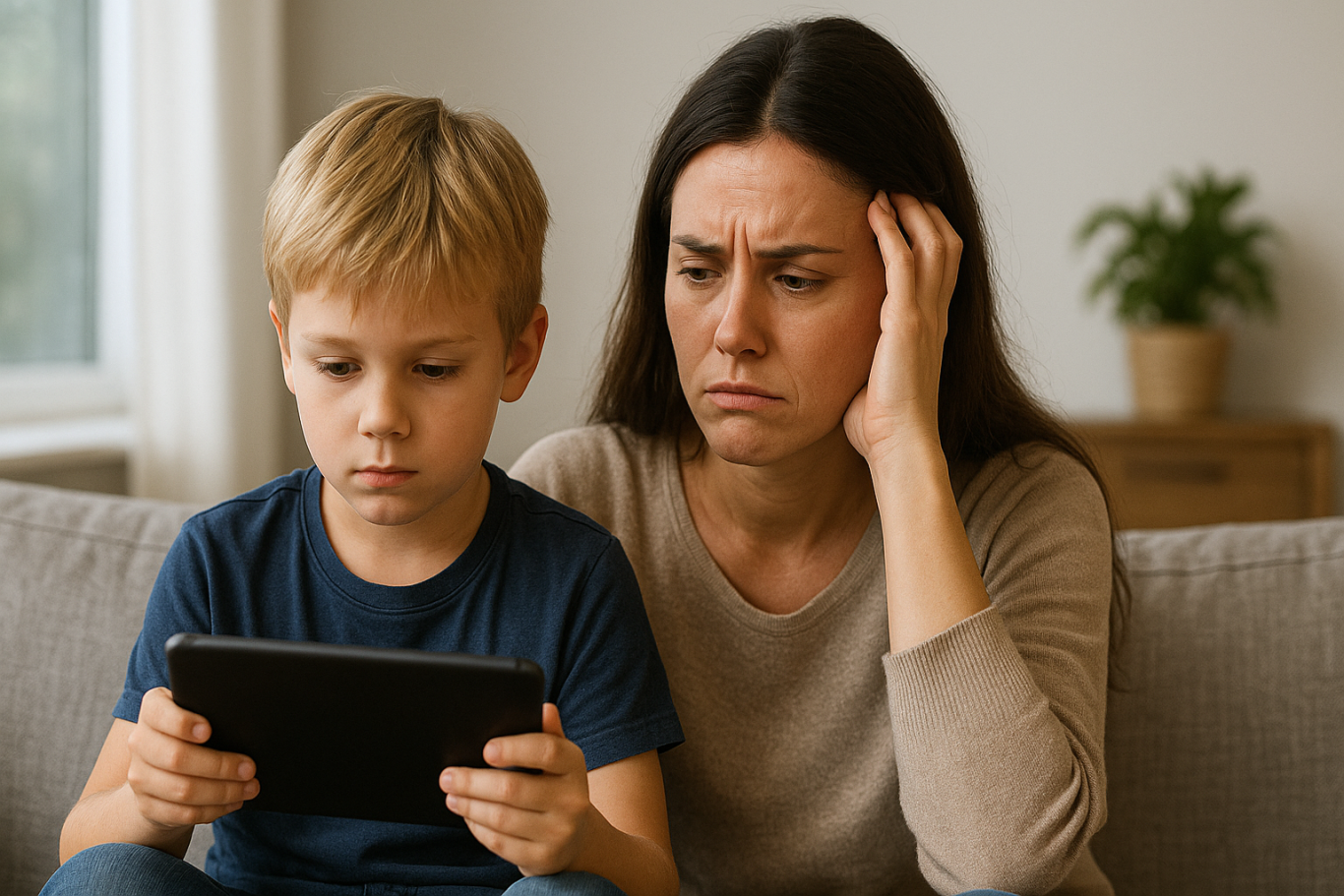Tips for Managing Your Child’s Screen Time: How to Wisely Handle Kids’ Screen Time in 2025
In today’s digital era, screen time for kids has become a regular part of their daily lives. Devices like smartphones, tablets, and laptops are often used for playing, watching, and learning. However, many parents find it challenging to manage screen time so that their children stay healthy while maximizing its benefits. This article shares practical tips on managing your child’s screen time so it can be used wisely and productively.
Why Is Managing Screen Time for Kids Important?

Excessive screen time without proper supervision can lead to problems such as eye strain, reduced physical activity, and sleep issues. By properly managing screen time for kids, parents help safeguard their children’s physical and mental health while supporting effective learning.
Effective Tips to Manage Screen Time for Kids

1. Set Clear Time Limits
Create rules about when and how long your child can use gadgets daily. For example, limit usage to 1-2 hours a day, adjusted based on age and needs. Consistency is key so kids understand and follow the rules.
2. Choose Educational and Age-Appropriate Content
Ensure your child accesses apps, videos, or games that support learning and fit their age group. Educational content turns screen time into enjoyable learning moments.
3. Accompany Your Child During Screen Time
Parents should stay with their children while they use gadgets, especially for younger kids. This helps monitor content and provide explanations to maximize benefits.
4. Create a Balanced Screen Time Schedule
Balance screen time with other activities, such as after completing homework or physical play. Avoid letting screen time replace outdoor play or social interaction.
5. Use Parental Control Features
Take advantage of device settings to restrict access to inappropriate content and manage usage duration.
6. Set a Good Example
Children tend to imitate their parents’ behavior. Use gadgets responsibly yourself to teach by example.
Benefits of Properly Managing Screen Time for Kids

With proper management, screen time for kids not only avoids negative effects but also:
- Improves focus and concentration in learning
- Encourages independent learning through technology
- Strengthens parent-child relationships through shared screen time
- Develops digital skills from an early age
Challenges in Managing Kids’ Screen Time

Managing screen time is not always easy. Common challenges include:
- Children resisting or struggling to follow screen time limits
- Parents lacking time to supervise gadget use consistently
- Difficulty finding engaging and educational content
- Devices often being used more for entertainment than education
To overcome these, parents need patience and creativity in setting and enforcing rules. Open communication and involving children in rule-making can improve compliance.
Supporting Your Child’s Digital Growth Through Coding
Beyond managing screen time, introducing children to coding is a positive step. Timedoor Academy offers fun and easy-to-understand coding programs designed specifically for kids.

Ingin tahu detail program?
With this program, your child’s screen time becomes more meaningful—not just entertainment but also time spent learning creativity and critical thinking. Timedoor Academy also offers free trial classes, allowing parents and kids to explore coding stress-free before committing.
How to Effectively Manage Screen Time for a More Meaningful Experience
Managing your child’s screen time is key to ensuring healthy and productive gadget use. By setting limits, choosing educational content, supervising usage, and balancing with other activities, screen time can become an effective learning tool.
Equally important is supporting your child’s digital development through coding education, which is a valuable investment for their future. Timedoor Academy’s child-friendly methods and free trial classes provide an excellent opportunity for kids to explore the tech world in a fun, pressure-free way.